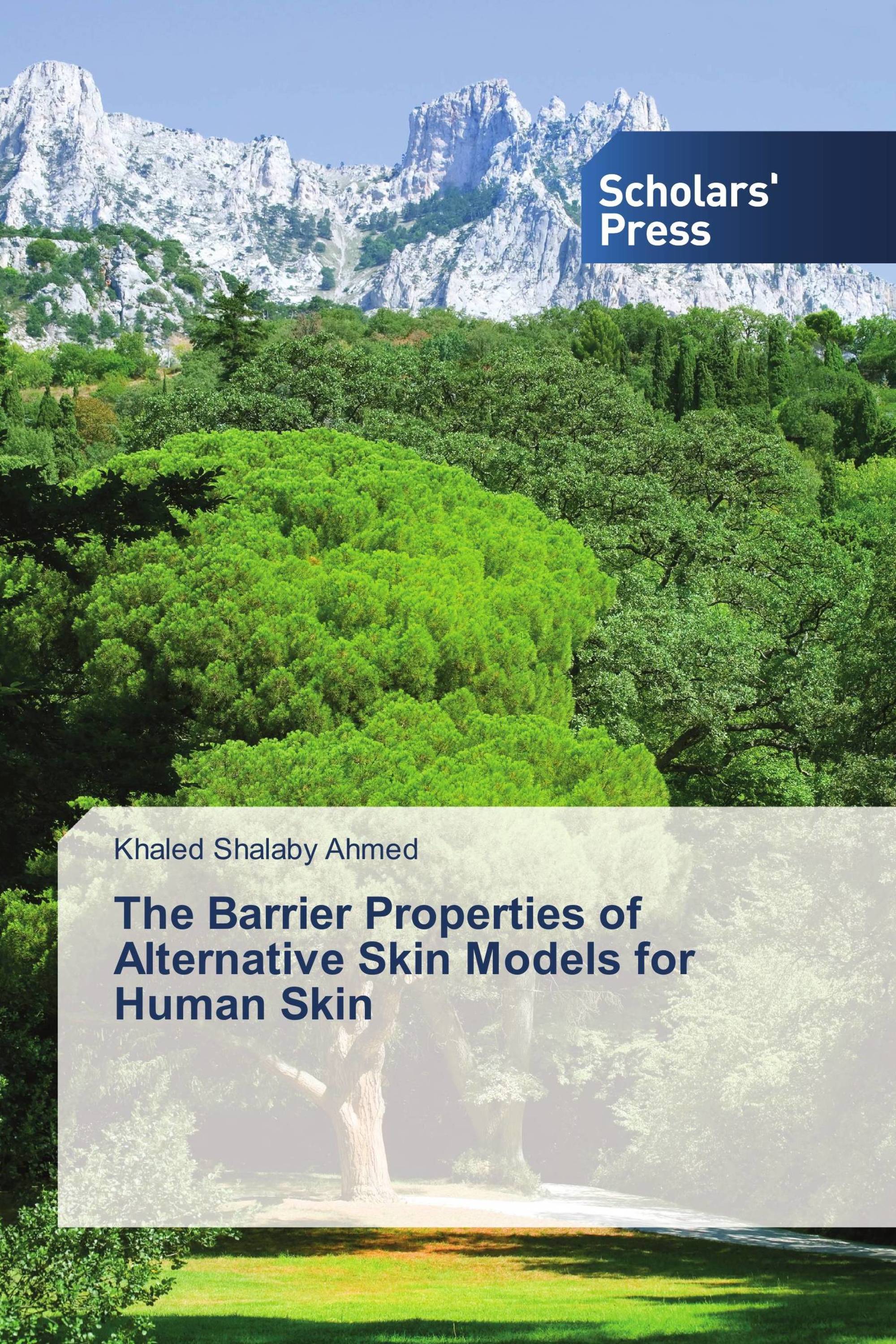To estimate topical absorption of molecules, the most convenient membrane is human skin. But its availability is limited. Thus, animal skin is commonly used. Due to ethical issues that prevent the use of animal skin in testing of pharmaceutical products, reconstructed skin equivalents have been developed to use as alternative models for human and animal skin. The aim of this study was the optimization of rat epidermal keratinocyte (REK) organotypic culture (ROC) epidermal model by addition of de-epidermized human dermis to obtain ROC full-thickness (FT) model. ROC models were evaluated in comparison with human skin in termis of morphology, thermal behavior of stratum corneium lipids and permeation study. ROC epidermal model prepared by seeding the REK cells on the collagen, while in case of ROC (FT), REK cells was seeded on human dermis with or without collagen in the transwell culture inserts plate. The results show that, there is a difference in morphology and thermal behavior between human skin and ROC models. In ROC (FT) model, combination of DED and collagen lead to improved barrier properties, thus it is a promising as alternative models for human skin.
Book Details: |
|
|
ISBN-13: |
978-3-639-51167-3 |
|
ISBN-10: |
3639511670 |
|
EAN: |
9783639511673 |
|
Book language: |
English |
|
By (author) : |
Khaled Shalaby Ahmed |
|
Number of pages: |
168 |
|
Published on: |
2015-02-24 |
|
Category: |
Pharmacy |
